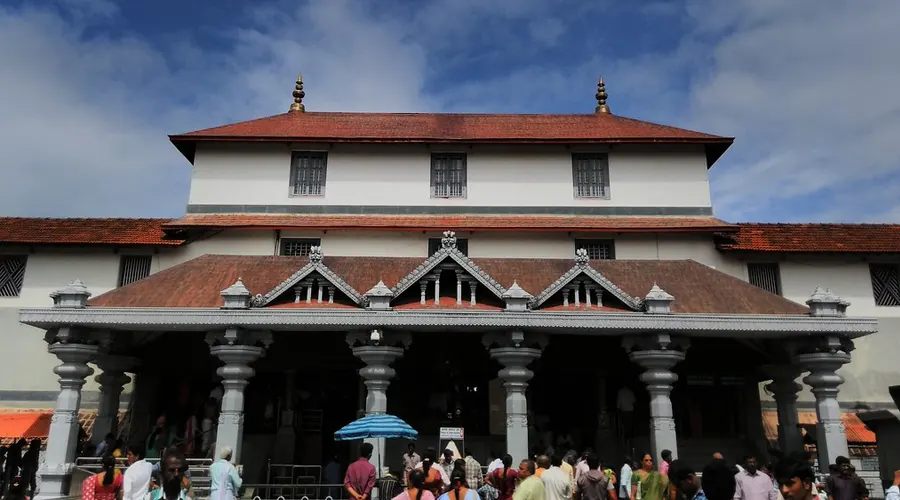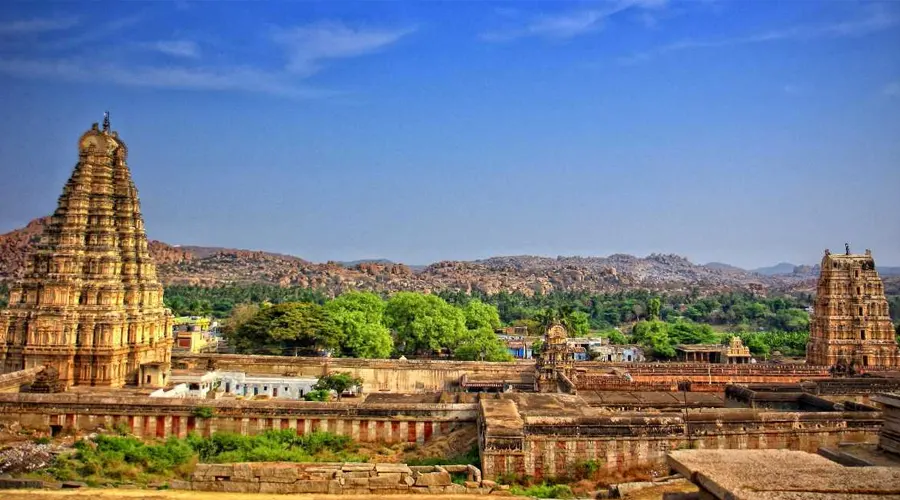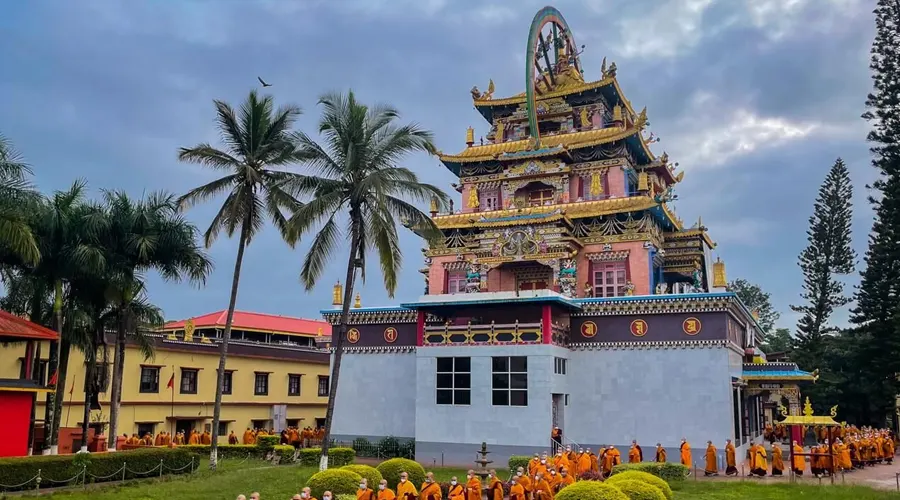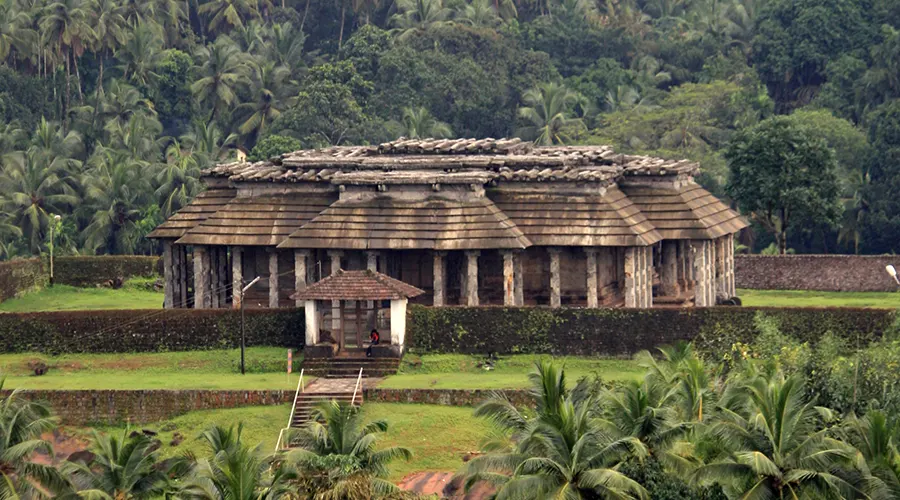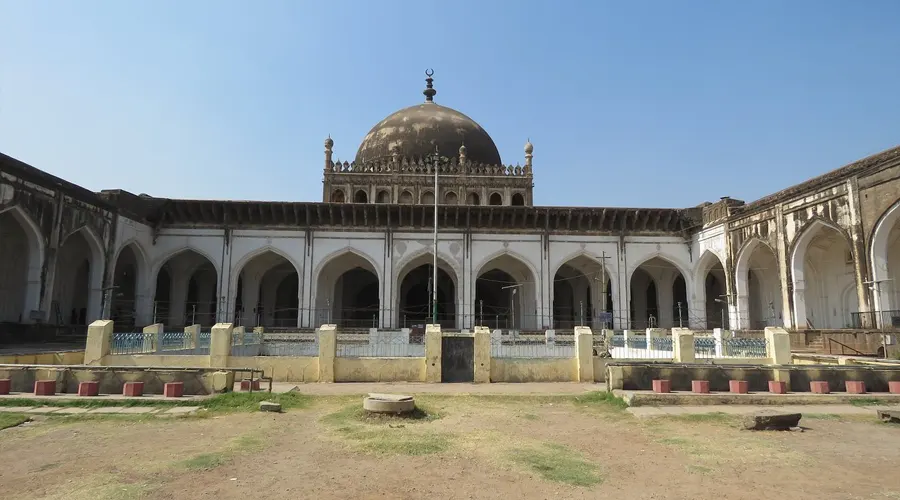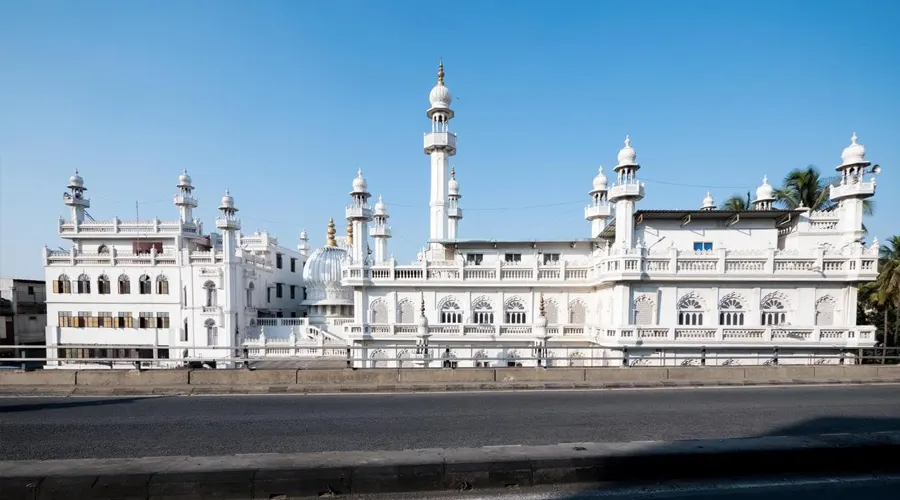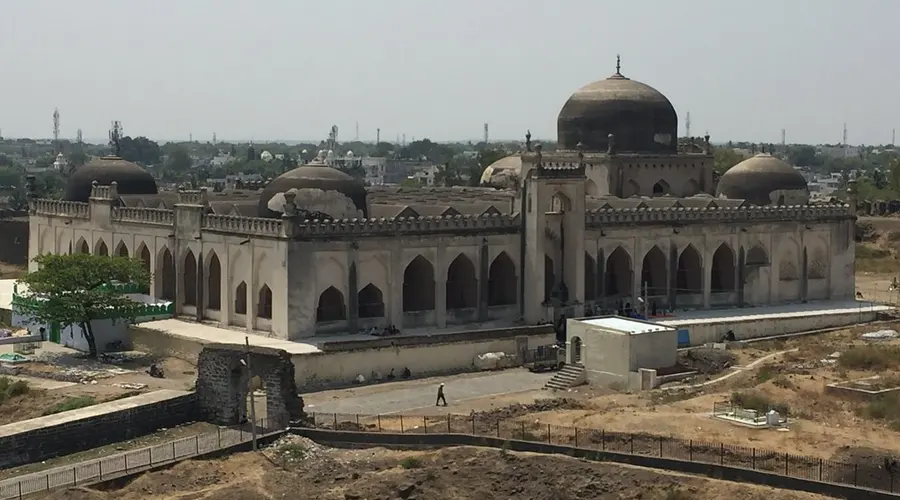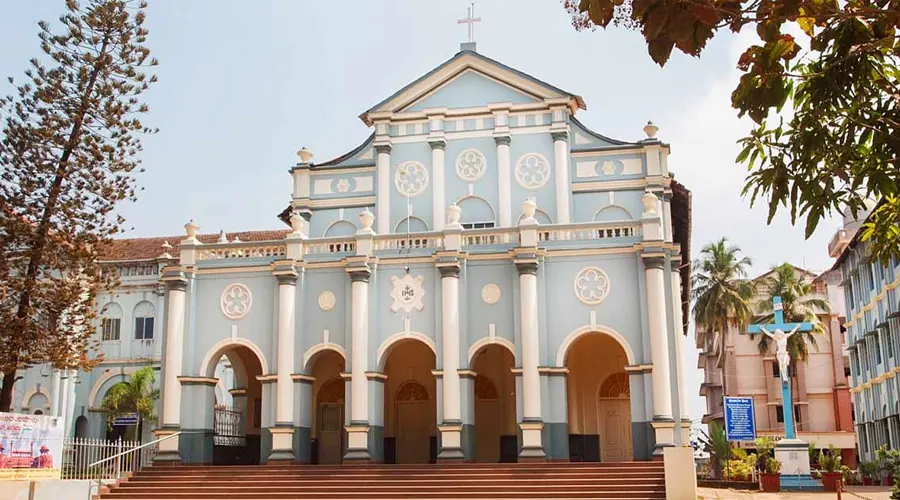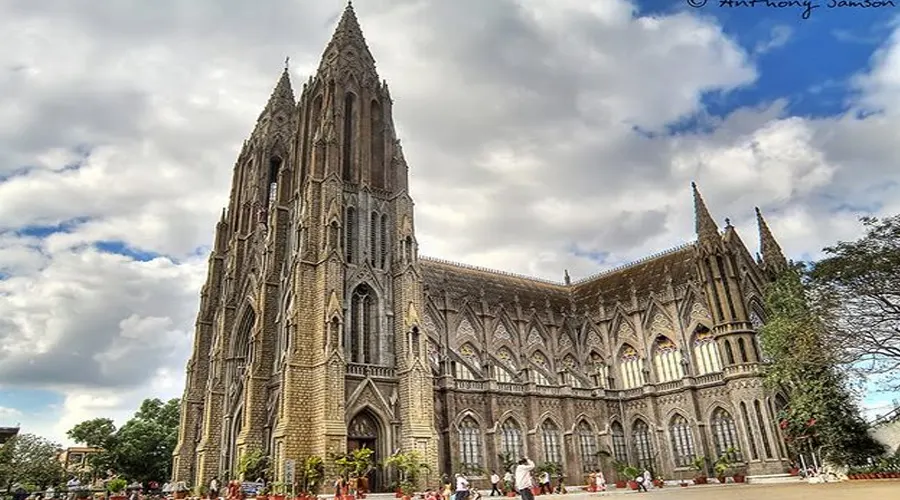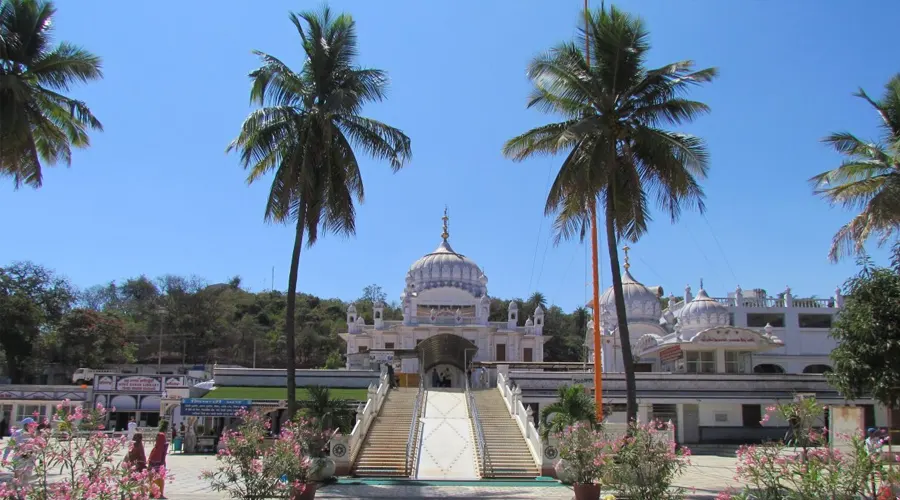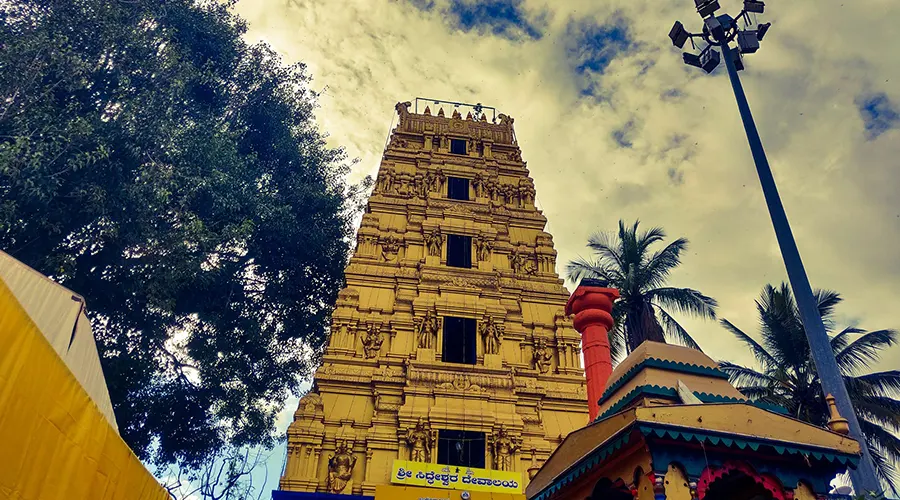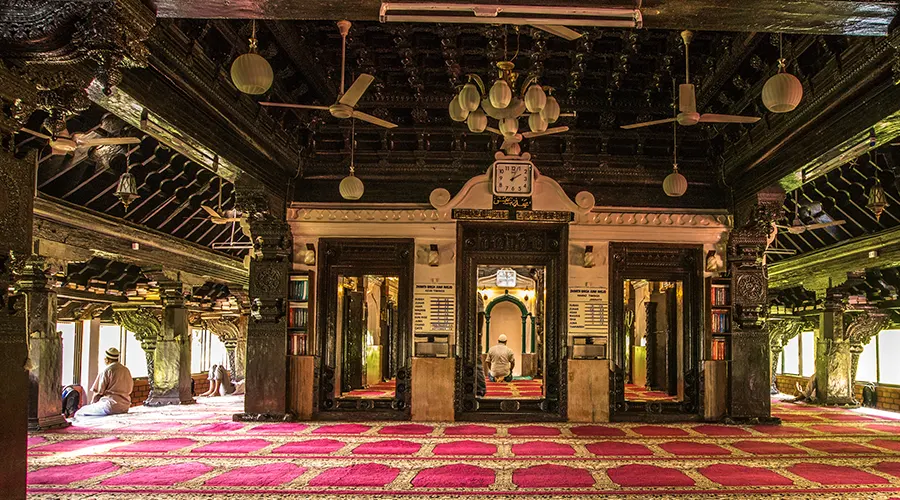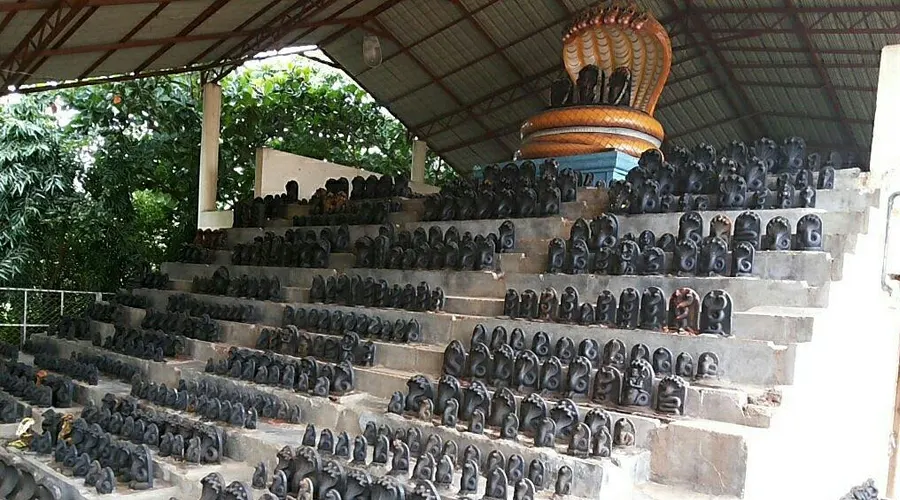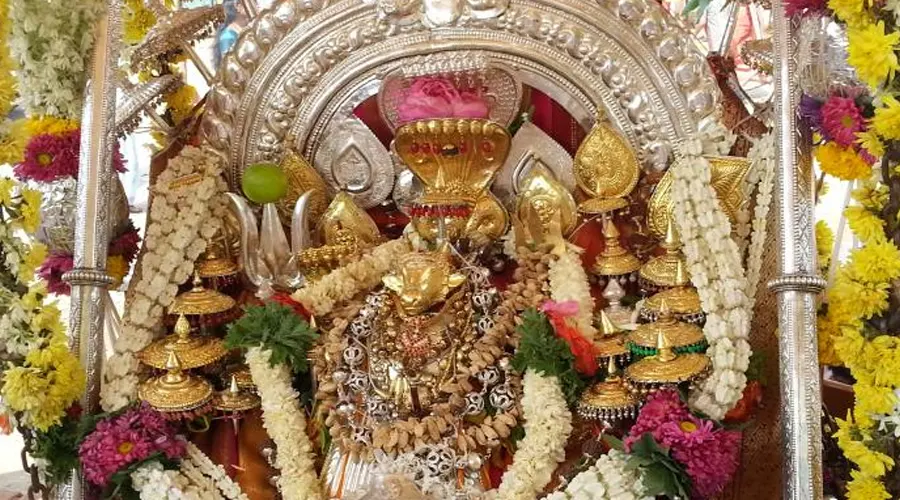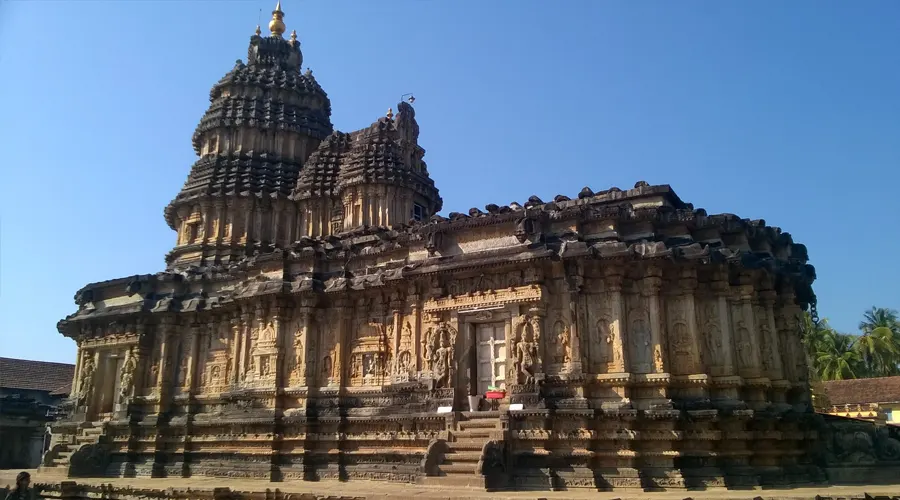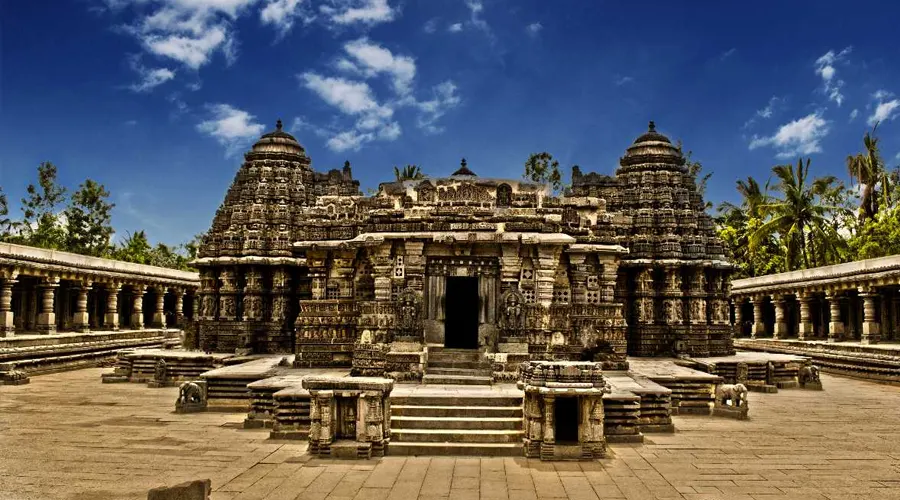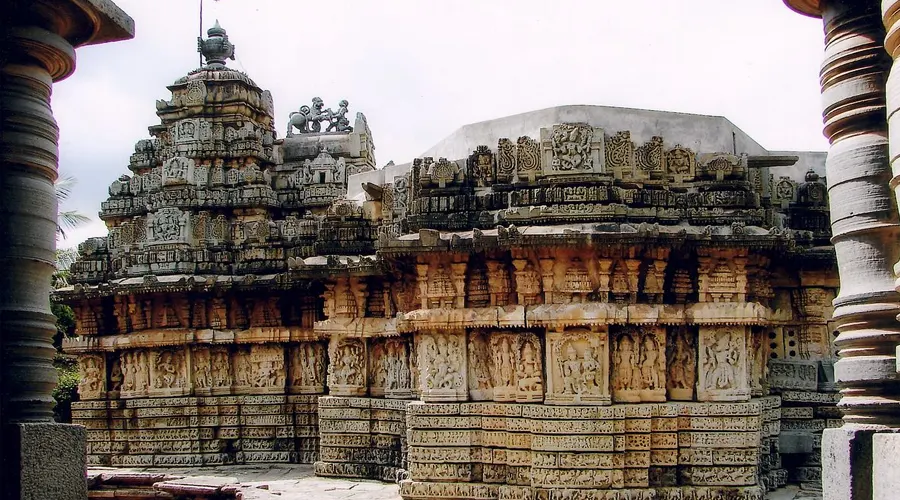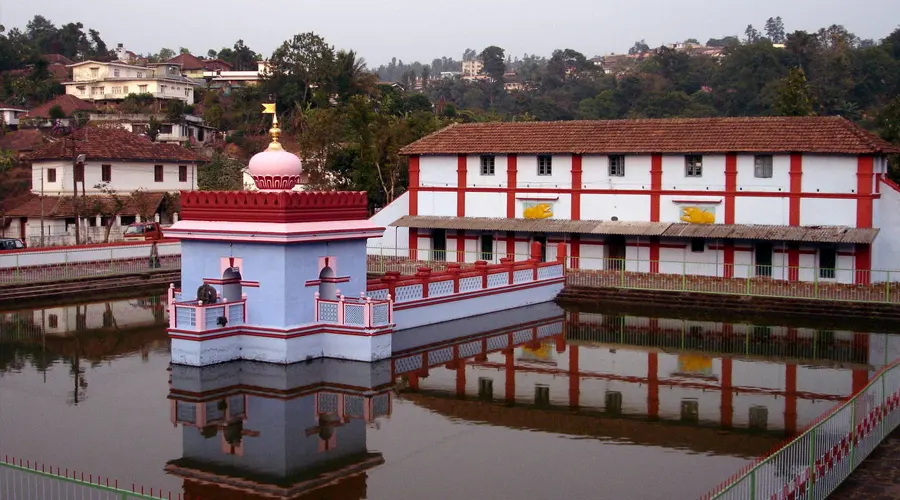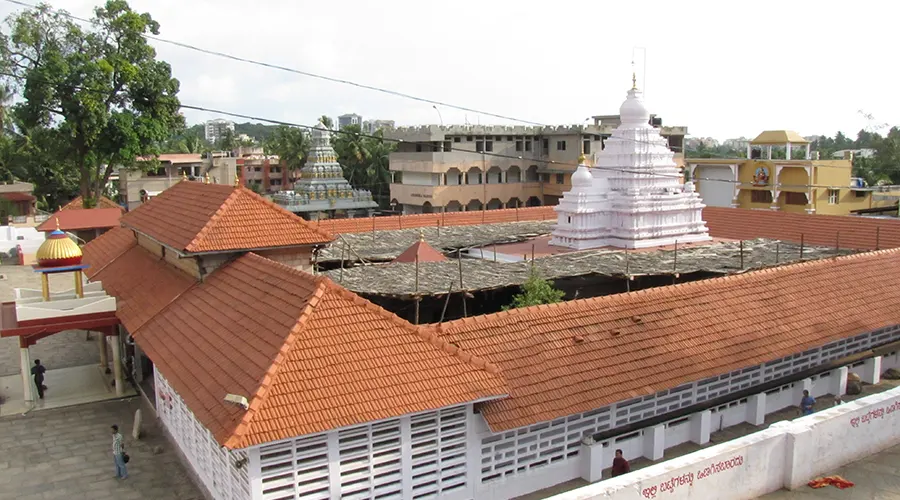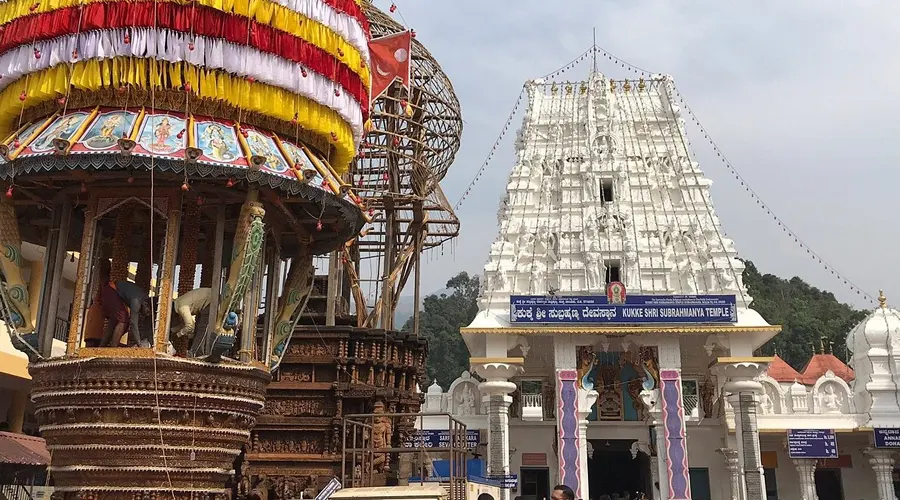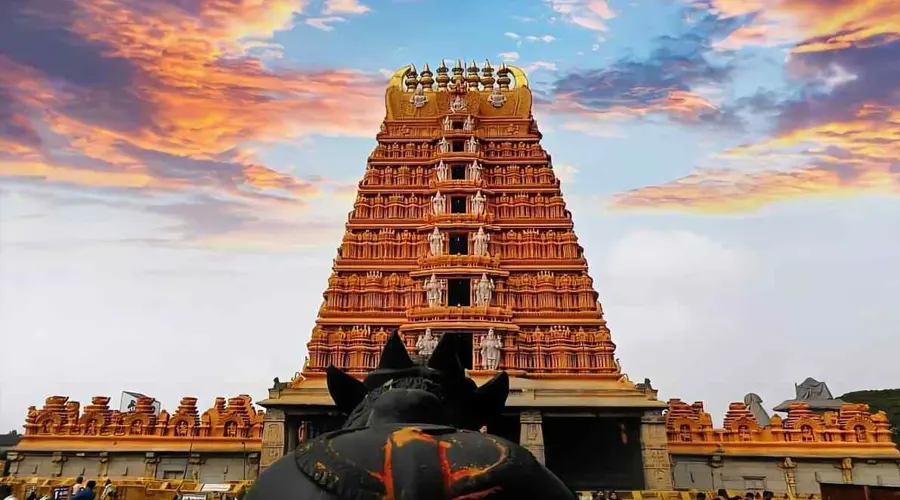Dharmasthala
“Dharmasthala”, the abode of dharma, is the quintessence of humanity and faith. As the name suggests, the word dharma in its truest sense means righteousness, it is the embodiment of the world’s most divine emotions despite one’s caste, creed, or religion.
The Dharmasthala Temple is a beautiful, historic temple that is 8 centuries old. It is dedicated to the Hindu God, Lord Shiva, and is situated in the famous Dakshin Kannada district of the temple town of Dharmasthala.
Manjunatheshwara is worshipped at this temple in the form of a shiva linga, and people from near and far flock in large numbers to seek his blessings. The river Nethravathi that flows in this region is also a famous attraction in this area, and pilgrims halt specially to take a bath in this river on their way to the temple.
History of Dharmasthala
There is an interesting story associated with the temple. The area was ideally in a village called Kuduma in Belthangady. The famous Jain Bunt chief – Birmanna Pergade, used to reside in his house Nelliadi Beedu along with his wife, Ammu Ballalthi.
As legend has it, one fine day, the four guardian angels of Lord Dharma masked themselves as human beings and entered the house. They were on a quest for Dharma preaching and propagation and received a very warm welcome in return. They even requested the chieftain to vacate the house, which the former accepted. Finally, they ended up making separate shrines for the 4 Daivas as well. A lot of this communication happened over dreams, and finally, dreams turned into reality.
After Pergade made the shrines, Brahman priests were invited to conduct the rituals, who then asked Pergade to construct a Shivalinga right next to the Daivas. The temple was later constructed around these significant structures.
Architecture of Dharmasthala
The temple has been built following the Kerala temple architecture. The architecture of temples in Kerala is different from the other areas in India. The architectural style of the temple follows suit and has an inherent simplicity. The temple has a very distinct style of architecture coupled with lavish use of wood, stone, and metals. The base structure of the temple is made using granite and laterite.
The temple has a square plan and thus a pyramidal roof. The steep and needle-like roof is made of wood and is covered with gold-plated copper plates to protect the inner skeletal framework from the vigorous monsoons of the western ghats. Recently, a meticulously planned renovation was conducted at the temple to renew the wood carvings and apply methods to protect the architectural components from external physical or climatic adversities.
Code of Conduct at Dharmasthala
The devotees are expected to conform to certain rules to pay respect to the sentiments associated with the temple. The men are supposed to remove their shirts and vest. While the ladies are not allowed to enter the temple wearing nighties, the men cannot enter wearing half pants.
Children below two years cannot enter the Sanctum Sanctorum. The following is allowed: offering food or anna dana, giving free medicine or Aushadhadana, helping the needy or Abhayadana, and providing education or vidyadana.

